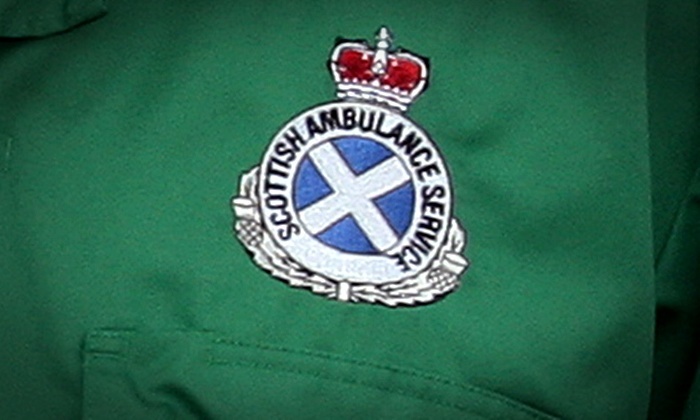A new ambulance response system to prioritise serious road crashes and cardiac arrest is to be trialled.
In less urgent cases, Scottish Ambulance Service (SAS) call handlers will spend more time talking to patients to “better understand their needs and ensure they send the most appropriate resource for their condition”, the service said.
The move follows similar changes in parts of England and Wales which are said to have lead to faster response times for critically-ill patients.
Figures released last month showed the number of “high-risk” patients forced to wait more than 20 minutes doubled in the last year.
The SAS has an eight-minute target for the call-outs classed as life-threatening but the new model will see three categories of response introduced.
Immediately life-threatening calls, such as a cardiac arrest, will maintain the eight-minute target; calls where a patient needs a fast response and transfer to a healthcare facility will be prioritised on the basis of clinical need and receive a blue-light response but there will be no time target; and other calls will be “managed safely at home” or by referral to GPs, NHS 24 or social care services.
Examples of immediately life-threatening calls include serious road traffic collisions, acute anaphylactic shock, patients who are unconscious and not breathing, and vulnerable patients such as pregnant women and young children.
Examples in the second category of response include patients experiencing chest pain or possible heart attack symptoms, people with breathing problems, symptoms of a stroke or a suspected serious fracture.
The year-long pilot will begin by the end of 2016 and is the first major change to the time-based targets system since 1974.
SAS chief executive Pauline Howie said: “The new model is the result of the most extensive clinically-evidenced review of this type undertaken in the UK and focuses on improving patient outcomes rather than simply measuring the time it takes to respond.
“It will allow us to respond faster to more patients with time-critical, immediately life-threatening conditions.
“In other situations, we will safely and more effectively identify and send the right resource first time for patients, resulting in better overall clinical outcomes.
“Prior to the introduction of the new model, we will engage further with our staff, patients and stakeholders, maintaining the process throughout the pilot as part of a programme of continuous improvement.”
The pilot has been approved by Scotland’s Chief Medical Officer Dr Catherine Calderwood.
She said: “I am persuaded by the extensive clinical evidence that the Scottish Ambulance Service has put forward and know that patient safety is at the heart of these changes.
“We will keep this pilot under close review over the next 12 months to ensure that we are seeing the improvements to patient safety and patient outcomes that are expected.”
Dr Mike Knapton, associate medical director at the British Heart Foundation, said: “I am pleased that this new clinical response model is based on evidence, unlike the eight-minute standard response time which was a pragmatic target set in 1974.
“The quality of patient care, before a person even reaches hospital, has improved dramatically over the years and we understand that today’s operational practices should evolve to reflect that.
“In the event of a cardiac arrest, time is critical and the best way to get professional help is to call 999 without delay.”







